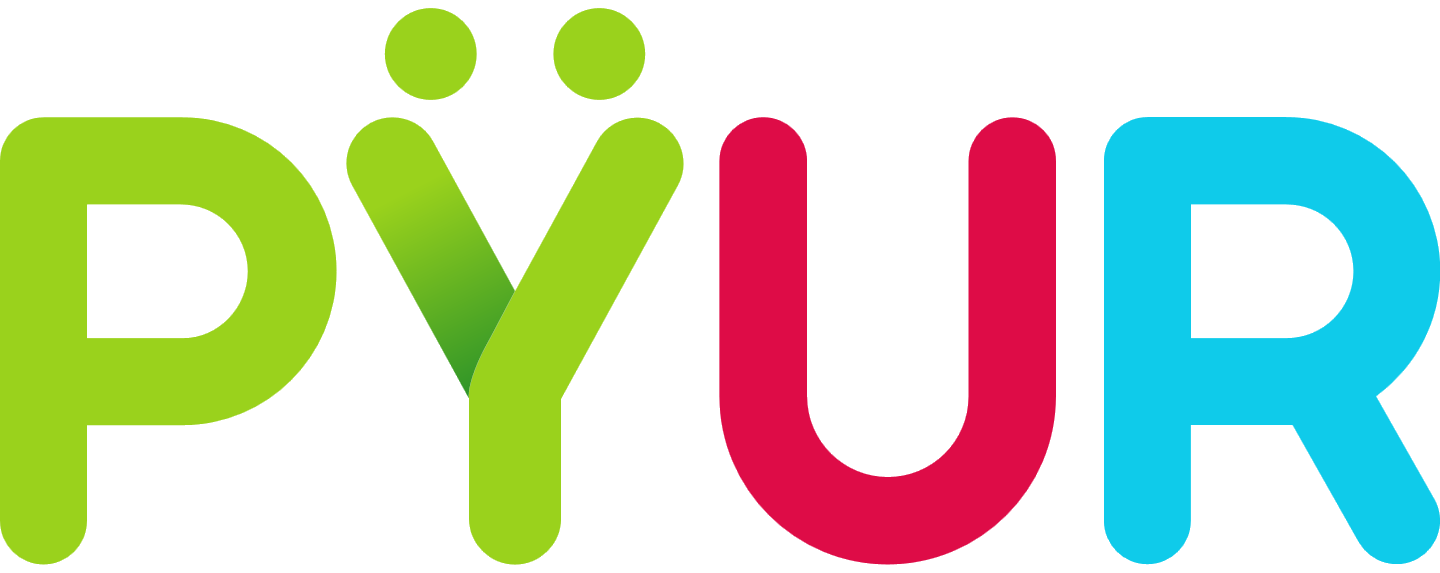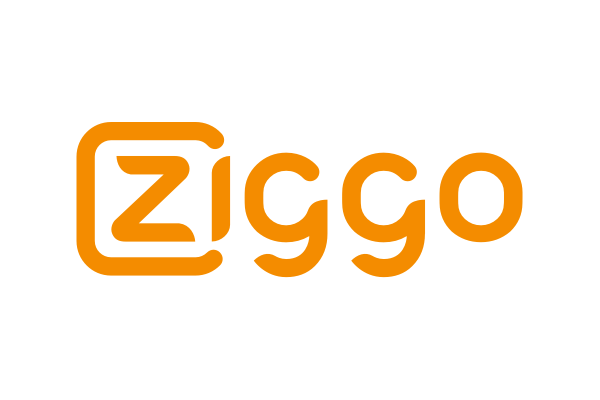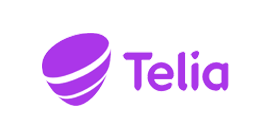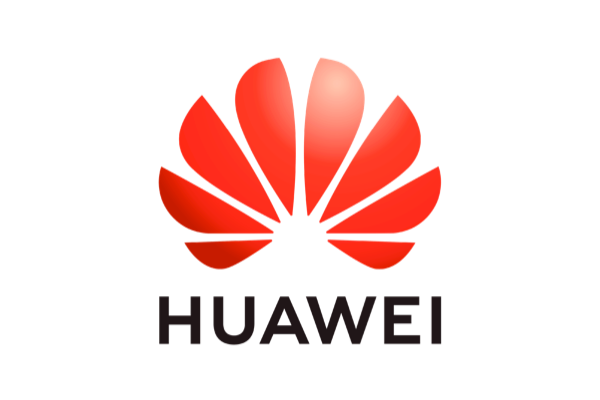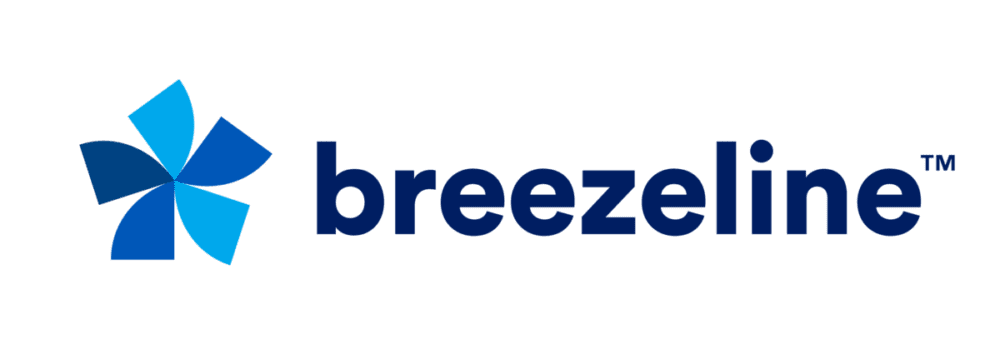Is DOCSIS 3.1 truly great, or is it driven by hype?
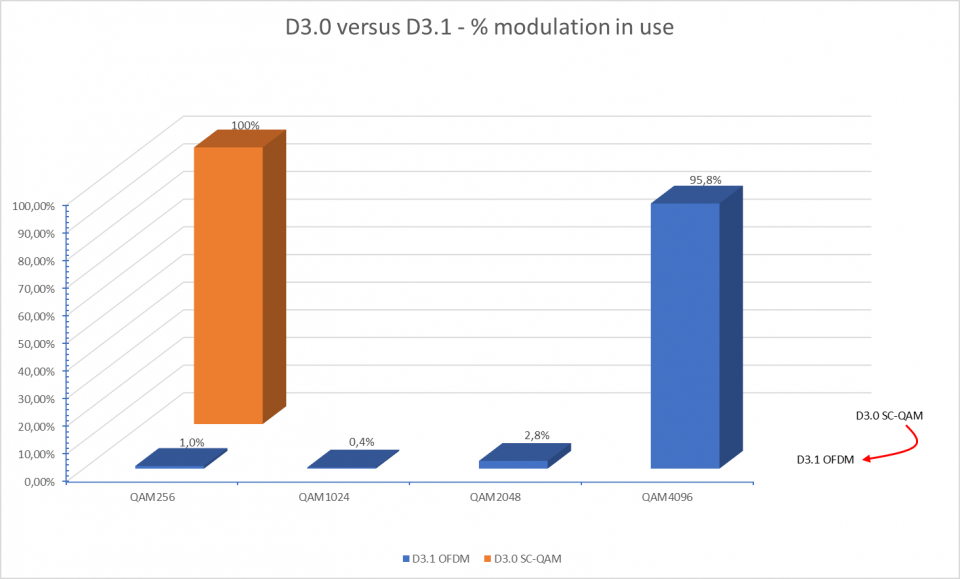
When I hear people talking about DOCSIS 3.1 and its great performance, the critic in me wonders: is the technology as good as promised, or is it all just savvy marketing? In this blog post, we’ll be taking a look at the promises and the challenges of DOCSIS 3.1.
Download speeds of 10 Gbps and upstream speeds of 1 Gbps: that’s what the DOCSIS 3.1 standard from CableLabs promises. But is this goal achievable in a real-life network environment? We’ll walk you through the considerations.
3 ways DOCSIS 3.1 enables higher speeds
- Flexible modulation
When launching DOCSIS 3.1, CableLabs introduced a completely new physical layer scheme: orthogonal frequency-division multiplexing (OFDM(A)), which allows for flexible QAM modulation (called profiles). Both low and very high-order modulations (from QPSK to 16K QAM) can be used depending on the available signal quality (SNR) in that area of the channel (spectrum) and at that time (meaning for/from a specific modem or set of modems) - Superb error correction
Even more, DOCSIS 3.1 benefits significantly from the introduction of the world-record-holding error-correcting algorithm, the low-density parity check (LDPC). This superb coding/decoding mechanism enables the use of higher modulation orders under current plant signal quality conditions, resulting in higher speed/capacity. - Double the spectrum
On top of that, DOCSIS 3.1 allows a wider frequency spectrum, optionally up to 1.8 GHz. Doubling the spectrum really means doubling the capacity!
Do I have to upgrade my network for DOCSIS 3.1?
The key approach of DOCSIS 3.1 means that a network upgrade is not a necessity: it can be deployed in the current network and still lead to capacity increases.
Illustrating these benefits, a DOCSIS 3.1 deployment in a real operator network from mid-2019 resulted in a gain of nearly 50% capacity potential without extra network investments. The graph below shows how often which modulation was in use: 100% QAM256 for D3.0 and nearly 96% QAM4096 for D3.1.
That means that using the same spectrum for OFDM instead of SC-QAM results in a capacity gain of almost 50%. If a 192 MHz OFDM channel can be added on top of the existing 24 SC-QAMs, the potential capacity even increases by a factor of 2.5! Of course, the real gain depends also on how many D3.1 modems are deployed.
Using the same spectrum with OFDM results in a capacity gain of almost 50%
Before you start: questions and challenges to keep in mind
Most of the advanced new DOCSIS concepts described above entail some challenges and key questions to ask before moving forward with your DOCSIS 3.1 deployment. Make sure to ask yourself the following questions:
- Which set of profiles based on which measurements should be configured on the CMTS?
- Do the measurements and algorithms implemented enable optimal profile switching? A poor implementation will lead to customer service impacts and potentially lower capacity.
- What are the best channel parameter configurations for every fiber node?
- What are the different options and the return on investment of each fiber node? Creating more capacity means lower costs for splitting nodes. So are you prepared to invest in cleaning up the network and/or broadening the spectrum to boost capacity? A broader spectrum means replacing all active and passive field equipment – which doesn’t come cheap. What about distributed solutions (R-PHY) ?
- What will happen to current services that use this newly allocated DOCSIS 3.1 for part of the spectrum? What about LTE interference?
- Which monitoring tools reliably support DOCSIS 3.1? How is the Proactive Network Maintenance (PNM) DOCSIS 3.1 toolset used to analyze the huge amount of data available? What tools and functionalities are available?
- Do you have the in-house expertise (operations and engineering staff) to set up, test and debug DOCSIS 3.1?
Maximize advantages while overcoming challenges
So, is DOCSIS 3.1 all hype? No, it isn’t: it is clear that it offers demonstrable increases in network speed and capacity over (Euro)DOCSIS 3.0. However, it’s important to keep key questions, challenges and obstacles in mind before moving forward with deployment.
While a lot is possible regarding speed and capacity, in the end, results depend mainly on how much money an operator wants to invest. The differences between theory – what can be advertised marketing-wise – and practical implementations can be significant in this regard. We will dig deeper into relevant technological concepts in blog posts to come, so stay tuned!
It does take expertise, effort and the proper tools to implement DOCSIS 3.1. Get in touch to hear how Excentis can help.
